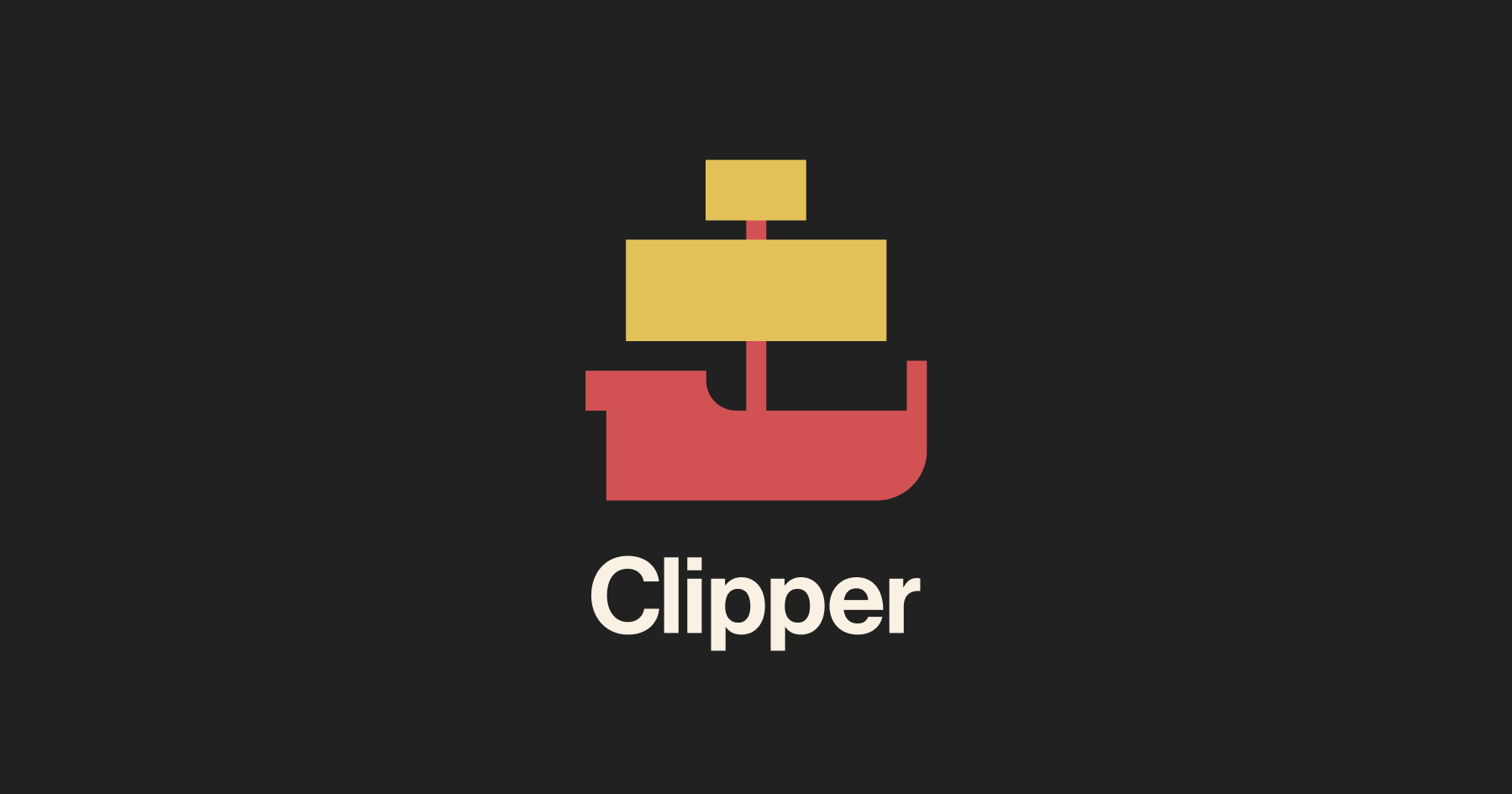Clipper: Prioritizing small and medium scale traders

One of the major problems associated with a lot of DEXes in recent times is that they prioritize large-scale traders over the smaller ones. While this helps DEX liquidity providers and larger traders grow and make profits, retail traders get the short end of the stick in this system.
Adding to this, these traders have to pay transaction fees that are almost 10X higher than those institutional traders pay on centralized exchanges.
Exchanges, although built for everyone, prove to be most beneficial for hedge funds, market makers, whales, and big traders.
Keeping this in mind, Clipper was designed with the goal of optimizing prices for small traders and users. The DEX rejects the idea of a universal approach for every trader and proposes a model that actually helps medium-to-small scale users and traders get profits.
What is Clipper?
Clipper has been designed as a DEX or decentralized exchange for the average traders with the lowest per-transaction cost for small-to-medium-sized trades <$10K on the most popular crypto-assets.
The architecture of Clipper incorporates a series of design trade-offs that give better prices to retail traders instead of large-scale or whale traders.
Instead of creating a one-for-all approach, Clipper is built for small-scale and self-made traders. The aim of Clipper is to optimize prices for smaller traders by capping liquidity and mitigating impermanent losses.
Deliberate Liquidity capping
As mentioned earlier, Clipper focuses on capping liquidity as high levels of liquidity can prove harmful for retail traders. While DEXes usually focus on getting as much liquidity as they can so as to reduce slippage on large trade execution, Clipper has a capped liquidity pool at $20 million.
To attract large amounts of liquidity, some DEXes also charge a very high trading fee. This benefits whale trades but can result in higher prices for smaller traders.
Clipper’s small liquidity pool allows for a much lower trading fee for retail traders and by contrast, for large traders the increase in slippage is more than the decrease in fees.
The platform supports 5 assets, wBTC, ETH, DAI, USDC, and USDT thereby allowing users to trade ETH and wBTC against the 3 major stablecoins.
Lower Impermanent losses
Impermanent losses are a result of changes in external market prices that allow arbitrage trades to take bits out of the liquidity pool. The more the liquidity providers lose, the higher the trading fees should be to offset those losses and stabilize the liquidity pool.
Clipper mitigates impermanent losses by basing their pricing function on external market prices from decentralized oracles in addition to the approach of relying on the ratio of assets in their liquidity pool.
While impermanent losses can’t be eliminated entirely, Clipper mitigates them as much as possible to keep the trading fees low for its users.
Governance and Audits
Clipper has a DAO (Distributed Autonomous Organization) system of governance. It is structured as a multi-signature wallet and with time plans to transition governance to the Clipper community.
Currently, the multi-sig wallet signers include the Polygon Capital and Shipyard Software Inc.
Clipper audits are conducted by Solidified and Quantstamp apart from a number of internal reviews. ImmuneFi conducted a bug bounty on it with upwards of $100,000 rewards to anyone who found a critical bug.
Community Liquidity Program
Clipper’s Community Liquidity Program had recently opened for the community with over $3 million available across 5 assets (ETH, wBTC, USDC, DAI, and USDT). It was filled up by the community quickly with a total of 389 successful deposits with an average of $7,700 deposit size per address, this happened at a much quicker pace than the Clipper team had anticipated.
Users who weren’t able to participate got to mint an exclusive POAP NFT as a sign of appreciation. The platform also has another CLP that would be live in the near future and plans to have more ways for the community to be involved with and interact with Clipper in the future apart from CLPs.
Final Word
Since its launch in mid-July, Clipper has gained a lot of attention in the DeFi space. Within the first month of launch, the platform had more than 24,000 trades with an average size of $3000.
The platform’s community LP program also garnered traction and helped in expanding the Clipper community.
Clipper focuses on tailor-making the trading experience for retail traders and this vision is helping them carve out their own space in the DeFi community.
For more information on Clipper, please check out their official website.
Disclaimer: This is a paid post and should not be treated as news/advice.






